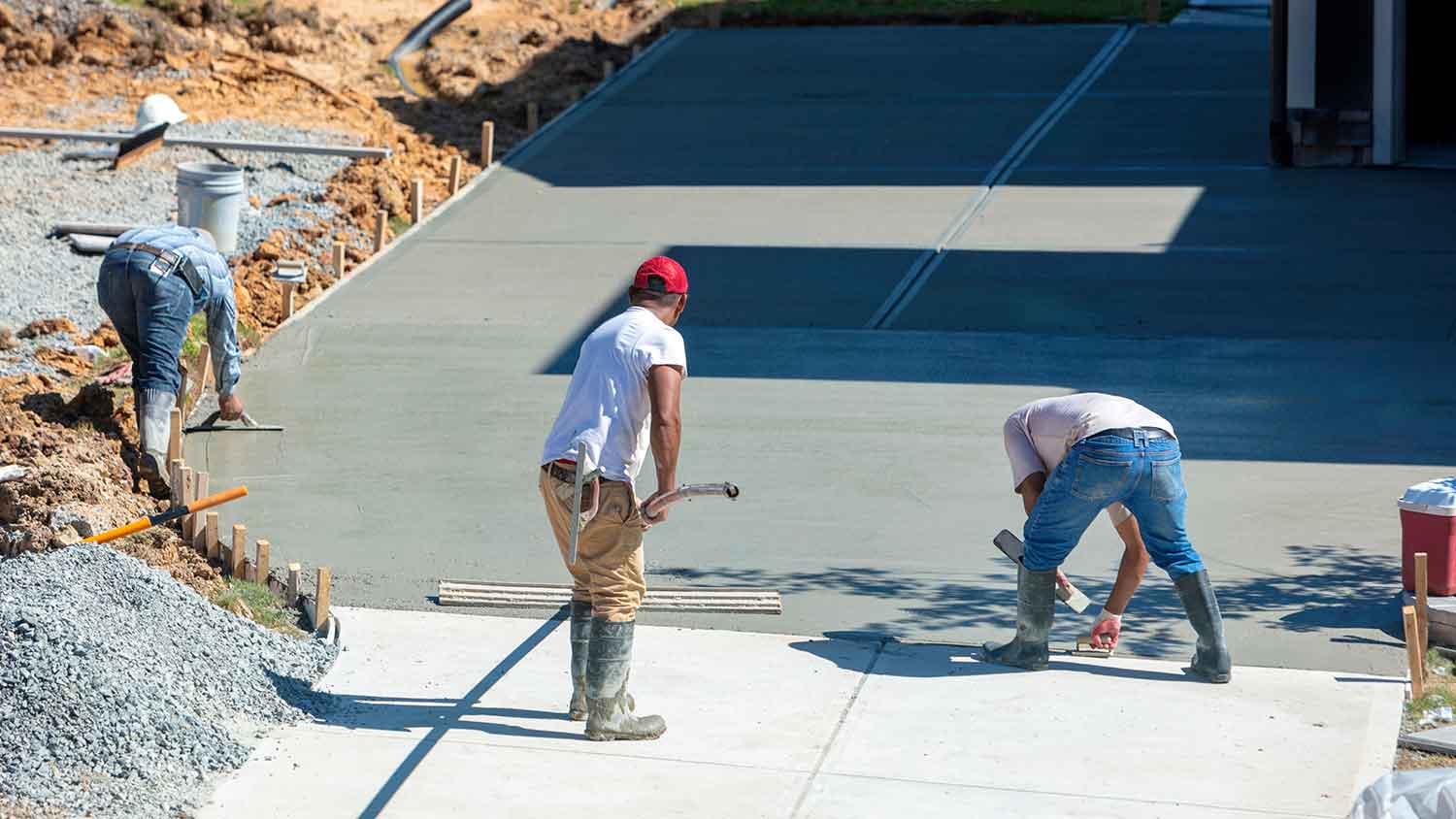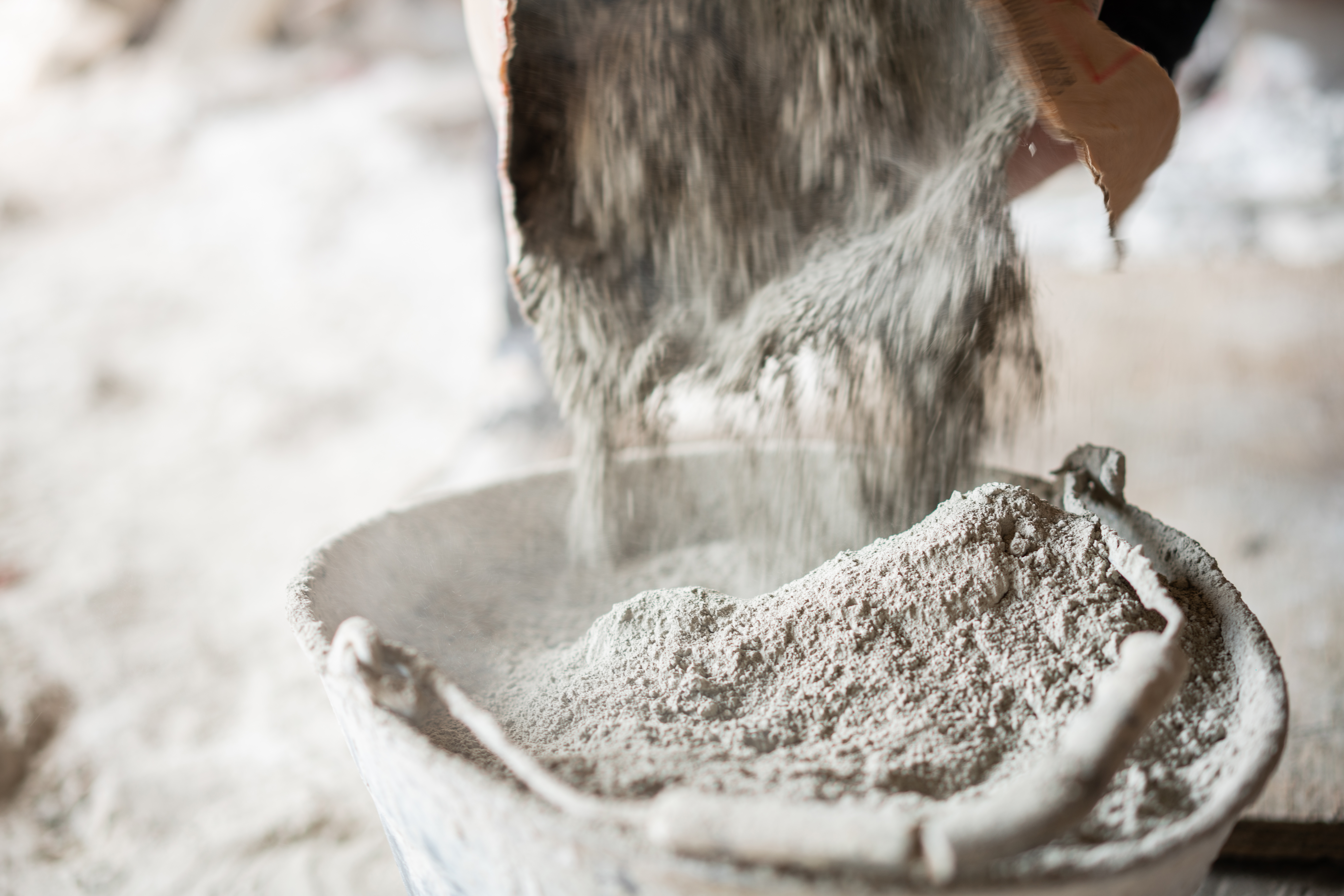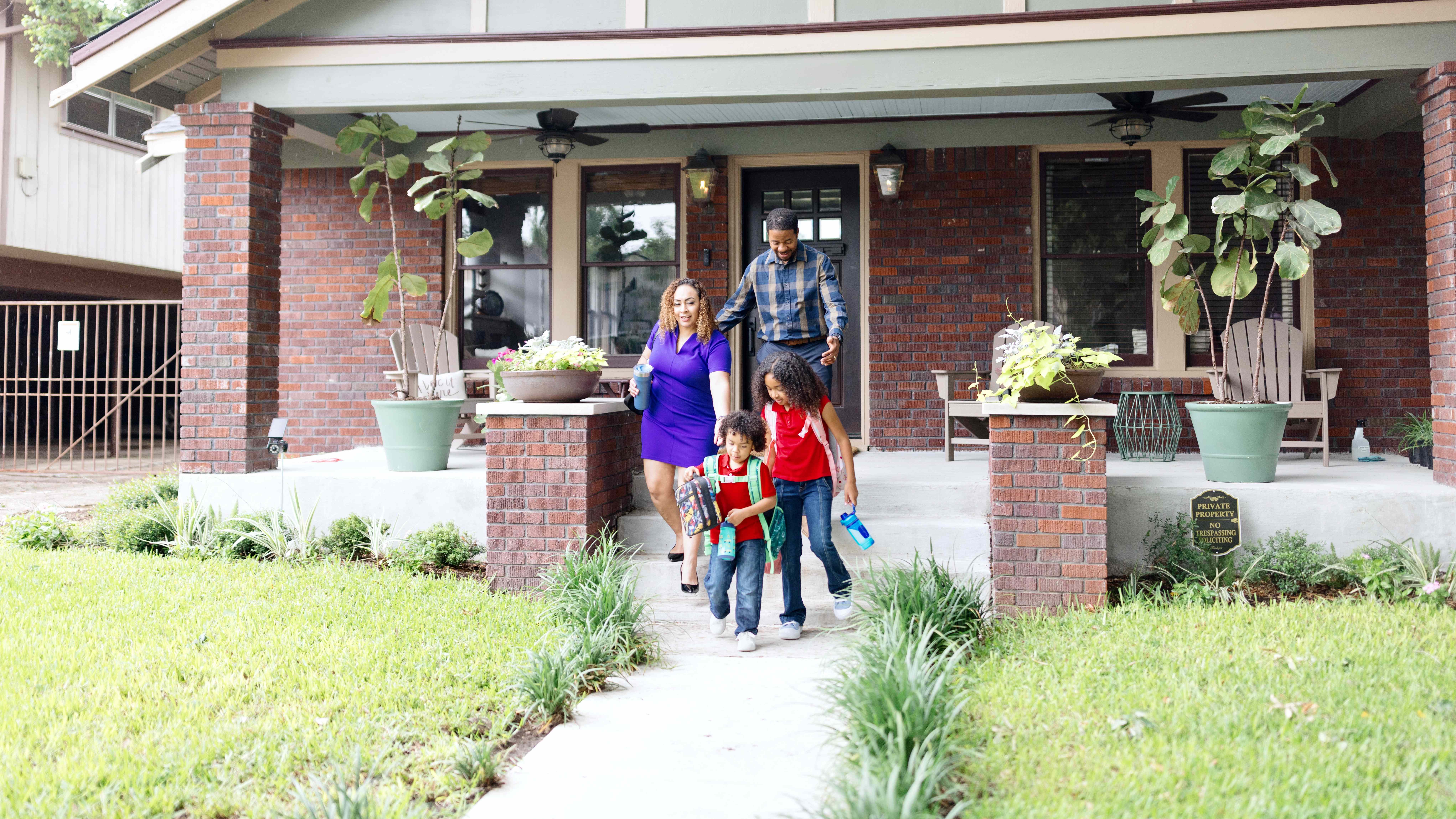
Looking to spruce up your home’s exterior and add some value? Use this concrete walkway cost guide to see what it will cost to install new concrete paths.
Discover the causes of concrete spalling and how to repair and prevent it


Concrete spalling can reduce structural stability.
Moisture is at the root of most concrete spalling problems.
Spalling repairs are best left to the pros.
Sealing the concrete can help prevent future spalling.
Concrete spalling can reduce the stability of concrete structures while posing trip and fall hazards, so it's a good idea to fix it as soon as you notice a problem. This guide covers what concrete spalling is, along with common causes. You'll also learn how to repair it and the steps to prevent it from happening again.

Concrete spalling is when parts of a concrete surface chip, flake, or break away due to corrosion, chemical reactions, or the freeze/thaw cycle. When the surface of concrete chips away, it reveals coarse aggregate underneath, which often looks like a series of circular depressions, similar to acne scarring.
When taking on this project, expect questions only a pro can answer. With our network of local pros, you'll get the job done and your questions answered—without the hassle and stress of doing it yourself.

Deicing and freeze-thaw cycles in cold regions are the most common causes of concrete spalling. Other reasons include the corrosion of reinforcing steel and excessive weight on the concrete.
Concrete is fairly porous, meaning water can make its way inside. If water gets inside the concrete and freezes, it will expand, putting pressure on the surrounding concrete, leading to spalling. This is why spalling concrete happens most often in cold regions.
Keep the weather in mind when pouring concrete. If it's too hot or cold outside, it can make the process more difficult. Try to pour concrete in 50 to 60 degree weather.
Speaking of cold climates, chemical deicing agents, like sodium chloride, are often used in these regions, which can deteriorate the concrete, leading to spalling. Exposure to other chemicals, such as harsh cleaning solutions and sulfuric acid, can also cause concrete spalling.
Not all concrete is equal. High-quality concrete is stronger and more durable than low-quality concrete, so you'll find spalling more often in inexpensive, low-quality concrete.
Regardless of the concrete quality, if it's improperly installed, it can also lead to spalling. For instance, if there isn't enough concrete to adequately cover a reinforcement (for example, it's too shallow, it will likely lead to spalling. Insufficient curing and compaction can also cause concrete spalling.
In many cases, concrete is reinforced by the steel inside it. But if this steel is exposed to water (remember, concrete is porous), it can lead to rust and corrosion. This corrosion can in turn put pressure on the concrete, causing it to spall.
Many concrete aggregates include silica, which can react to alkali, an ionic salt found in many concrete pastes. This alkali-silica reaction, also known as ASR, creates a gel that often expands over time. This expansion can cause the concrete to crack and spall.
Concrete structures can only hold so much weight. If they're overloaded, the concrete can begin to deteriorate and spall. That's why it's important to understand the maximum weight loads that any concrete structure is designed to hold.
In some cases, an object might cause impact damage to the concrete and lead to spalling. For instance, if something heavy falls onto it from a high height during construction or a severe weather event, concrete spalling can occur.

It's best to leave concrete spalling repairs to the professionals, especially if you don't know how or when the concrete was poured. A structural engineer can properly assess the damage and structural integrity and then recommend appropriate next steps, which will likely include contacting a local concrete resurfacing contractor.
Concrete spalling repairs depend on the type and extent of damage, but they usually involve the following steps.
First, you'll need to clean in and around the spalling, removing any loose concrete, dirt, and debris. You can use a chisel or a wire brush to help. Make sure to remove any concrete pieces found within small cracks and holes as well. This step will create a better surface for the bonding required to repair.
After cleaning, use a hammer to lightly tap around the spalling, listening for any hollow sounds. Hollow sounds indicate that the concrete underneath has deteriorated, so you (or better yet, a pro) should break up this area and remove the loose concrete to prevent the need for future repairs down the road. After completing this step, use a vacuum to get rid of any dust before proceeding.
Next, look at the steel reinforcements within the concrete, such as the rebar. If you notice significant rust, corrosion, or other damage, it's best to purchase and install a new reinforcement. But if there's only minor corrosion or rust, use a wire brush to clean it off, then apply a protective epoxy coating to prevent further rust.
Repairing concrete cracks that are only a third of the concrete's depth won't usually require a rebar installation. But if the damage is deeper than that, you might need to install rebar as well, which is a job best left to the pros.
Once the rebar is good to go, you'll need to roughen the concrete's surface, which will help it bond to the concrete patch material. Depending on the concrete and damage, you can do this by wire brushing, shot blasting, or grinding. After roughening the surface, apply a bonding agent to further help the surface bond to the repair material.
After applying the bonding agent, you'll need to apply the repair material. The right repair material can depend on the damage and type of concrete, which is why this job is better handled by the pros. Epoxy and polymer resins are commonly used in concrete repairs. You'll need to apply the material according to the manufacturer's instructions.
After applying repair material, use a trowel or brush to texturize it so that it closely matches the appearance of the surrounding concrete. Then, read the directions on the repair material you or your pro chose to determine proper curing times and methods. Make sure to closely follow these directions to ensure the strength of the repair.

Concrete resurfacing costs can get high, especially when extensive damage has occurred. Fortunately, you can take a few steps to prevent concrete cracks and spalling before it happens.
Apply a water sealant: Since excess moisture leads to spalling, applying a waterproofing sealant to the concrete can help.
Use low-permeability concrete: Some concrete is more porous than others. Opting for concrete with low permeability can reduce the amount of water that gets inside, helping to prevent spalling.
Ensure the concrete is properly installed: Proper installation is key to spalling prevention. You or your pro should thoroughly mix, cure, and compact the concrete, as well as ensure each reinforcement is encased in a thick layer of concrete. The right thickness will depend on the structure.
Repair concrete cracks and holes right away: The longer you wait to repair cracks and holes, the more moisture can seep into the concrete. It's best to repair them as soon as you notice a problem.
Reduce chemical exposure: Always use concrete-safe cleaners and solvents, and avoid using deicers whenever possible.
From average costs to expert advice, get all the answers you need to get your job done.

Looking to spruce up your home’s exterior and add some value? Use this concrete walkway cost guide to see what it will cost to install new concrete paths.

Discover the average concrete pumping cost, including key price factors and tips to help you budget for your next concrete project.

Installing new concrete steps can enhance your home’s curb appeal. Learn all the factors that can affect your concrete steps cost.

While mortar and concrete look like similar composites, they serve very different roles around the house. Here’s how they differ in application, cost, and more.

Is your concrete driveway or floor looking faded and dull? Use this guide to learn how to remove concrete sealer and prep your concrete for a fresh new look.

Outdoor walkways can elevate your yard and make it more functional. Learn about standard walkway sizes and dimensions so you can plan your walkway project.